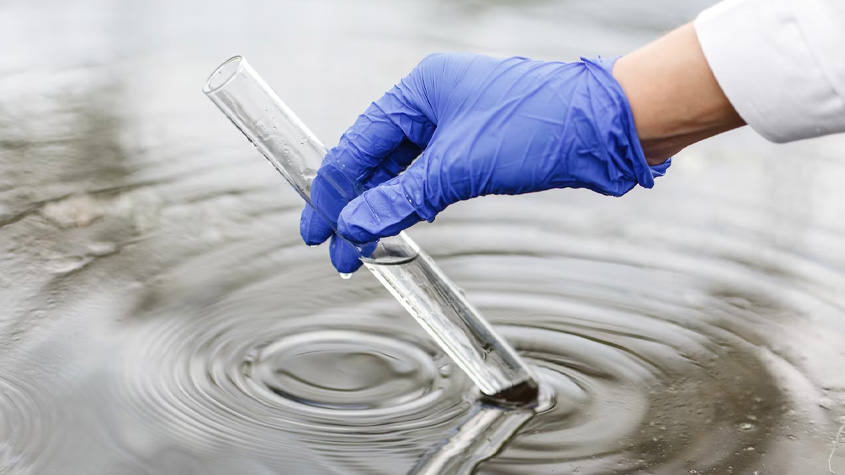
We will explore the various components that make up these systems and discuss their significance in wastewater treatment processes. Whether you are a buyer, purchaser, or customer interested in investing in wastewater treatment solutions, this post will provide you with valuable insights.
1. Membrane Bioreactor (MBR) Technology:
To understand Fleet Sheet MBR systems, it is essential to grasp the concept of Membrane Bioreactor (MBR) technology. MBR technology combines biological treatment and membrane filtration processes, offering a more efficient and compact solution for wastewater treatment. It utilizes a membrane to separate solids and microorganisms from the treated water, resulting in higher quality effluent.
2. Fleet Sheet MBR Systems:
Fleet Sheet MBR systems are a specific type of MBR technology that has gained popularity in recent years. These systems consist of several key components that work together seamlessly to achieve optimal wastewater treatment results.
a) Membrane Modules:
At the heart of Fleet Sheet MBR systems are the membrane modules. These modules contain numerous hollow fiber membranes that act as barriers, allowing only clean water to pass through while retaining solids and microorganisms. The membranes have a high surface area, maximizing the filtration efficiency and ensuring the production of high-quality effluent.
b) Aeration System:
The aeration system plays a crucial role in Fleet Sheet MBR systems. It provides oxygen to the biological process, allowing microorganisms to break down organic matter efficiently. The aeration system is designed to deliver the right amount of oxygen to maintain optimal conditions for biological treatment.
c) Control and Monitoring System:
To ensure the smooth operation of Fleet Sheet MBR systems, a control and monitoring system is integrated. This system enables real-time monitoring of various parameters such as flow rate, pressure, and oxygen levels. It also allows for remote control and troubleshooting, minimizing downtime and maximizing system performance.
d) Backwash System:
To maintain the longevity and efficiency of the membranes, a backwash system is employed in Fleet Sheet MBR systems. This system periodically cleans the membranes by reversing the flow and dislodging any accumulated solids or particles. Regular backwashing helps to prevent fouling and ensures consistent filtration performance.
In conclusion, Fleet Sheet MBR systems are a reliable and efficient solution for wastewater treatment. By combining MBR technology with specialized components, these systems offer enhanced filtration capabilities and produce high-quality effluent. The membrane modules, aeration system, control and monitoring system, and backwash system are all integral components that contribute to the overall success of Fleet Sheet MBR systems.
Whether you are considering purchasing a Fleet Sheet MBR system or simply interested in understanding the technology, it is important to recognize the significance of these components. By investing in a well-designed and properly maintained Fleet Sheet MBR system, you can achieve effective wastewater treatment and contribute to a cleaner and more sustainable environment.
We hope you found this exploration of Fleet Sheet MBR systems informative and insightful. If you have any further questions or would like to learn more about this topic, please feel free to leave a comment or reach out to me directly.
About Jiangsu Peier membrane
Jiangsu Peier membrane corp.,Ltd(Stock Code: 836744) was established in 2007 with a registered capital of 48 million Yuan, referred to as “Peier membrane industry”.
It is a high-tech enterprise focusing on the R&D, production, manufacturing and service of MBR flat sheet membrane products. Its Peier Product category as below:
- Flat Sheet Membrane Element
- Flat Sheet Membrane Element-Single Nozzle
- Flat Sheet Membrane Element-Double Nozzle
- Flat Sheet Membrane Element-3D Soft Support
- Flat Sheet Membrane Element-Renovated Membrane
- Flat Sheet Membrane Module
- Flat Sheet Membrane Module-Module-Single Nozzle
- Flat Sheet Membrane Module-Module-Double Nozzle
- Flat Sheet Membrane Module-2S(Double Deck)
- Flat Sheet Membrane Module-3S(High Flux)
- Flat Sheet Membrane Module-Mini Module
- MBR System
- MBR System-Laboratory Test Equipment
- MBR System-Pilot Equipment
- MBR System-Package System
Peier membrane always adheres to R&D and cooperation with well-known universities at home and abroad, such as Tsinghua University, Sydney University, Nanjing University of technology, Changzhou University and Jiangnan University.
It is the editor in chief of the national industry standard HY/T252-2018 “submerged flat membrane element for water treatment”.
At present, it has 6 invention patents, 46 new utility patents, 1 appearance patent and 4 software works.